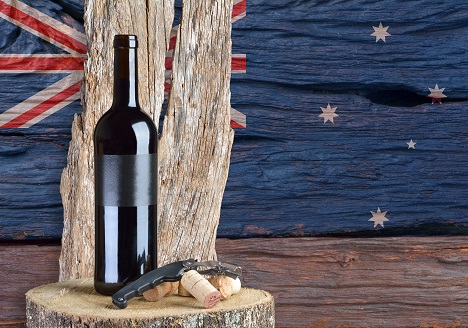Wine is Australia’s most popular drink

by Leon Gettler
A lot of Australian identity is built around beer but that’s not the nation’s favourite drink.
That award goes to wine, something that pub and restaurant owners need to take into account.
And there’s a good reason for that: women drink it.
According to Roy Morgan Research, 4.6 million Australian women over the age of 18, or 49 per cent of the adult female population drank some kind of wine.
Now that could be any sort of wine: red, white, sparkling or fortified.
That was way over the 3.7 million of men or 41.2 per cent of the male population who classified themselves as wine drinkers.
What kind of wine did women prefer? Most of them went for white wine (69.3 per cent) over red wine (56.3 per cent), sparkling (42.3 per cent) and fortified (9.3 per cent).
And this is not an occasional tipple.
According to the research, 18.4 per cent of female wine drinkers drink red, white and sparkling wine in any given four-week period.
Women are driving the wine market where 45.1 per cent of Australians drink wine compared to the 37.6 per cent of the population who drink beer.
Still, there isn’t much difference between the genders in terms of the actual amount they drink.
The Roy Morgan research shows that two-thirds of female wine drinkers and nearly 63 per cent of their male counterparts report consuming less than 15 glasses of wine per four weeks.
Most significantly, there is a social dimension to women drinking wine. Most of them do it in clubs, bars and restaurants. They tend not to sit at home drinking glass after glass.
Andrew Price, general manager, consumer products, at Roy Morgan Research, says this is important.
“There is frequently a social dimension to Aussie women’s wine-drinking,’’ Mr Price said.
“Over 45 per cent consume it in a licensed venue, for example a bar, pub, restaurant or festival, and nearly 41 per cent drink it at friends’ and relatives’ homes.
“In contrast, 34.6 per cent of male wine-drinkers consume it ‘on premises’, and 32.5 per cent do so at friends’/relatives’ homes.”
4th March 2016


.gif)




